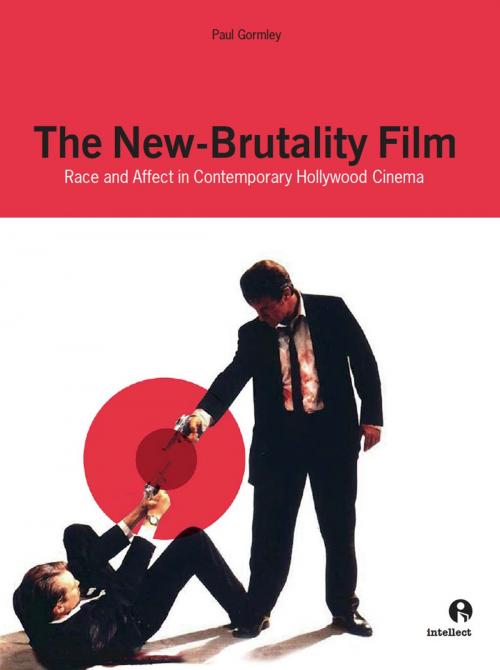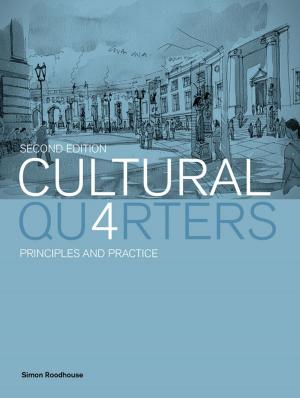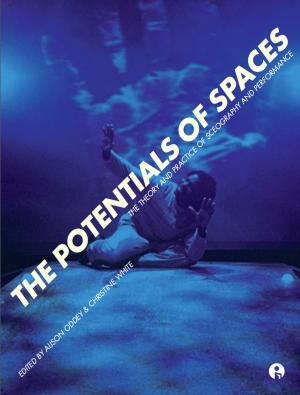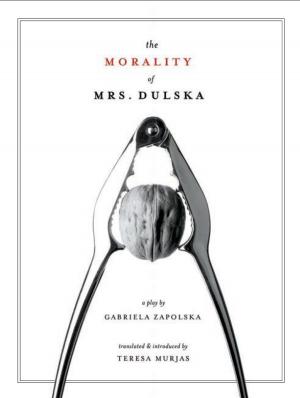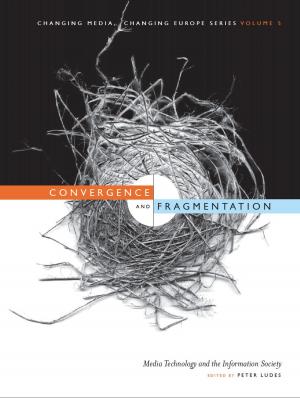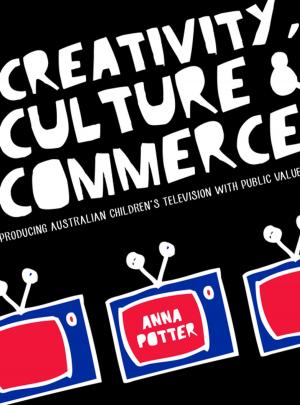The New Brutality Film
Race and Affect in Contemporary Hollywood Cinema
Business & Finance, Accounting, Management, Human Resources & Personnel Management, Skills, Nonfiction, Computers, General Computing| Author: | Paul Gormley | ISBN: | 9781841509266 |
| Publisher: | Intellect Books Ltd | Publication: | April 30, 2005 |
| Imprint: | Intellect | Language: | English |
| Author: | Paul Gormley |
| ISBN: | 9781841509266 |
| Publisher: | Intellect Books Ltd |
| Publication: | April 30, 2005 |
| Imprint: | Intellect |
| Language: | English |
The 1990s saw the emergence of a new kind of American cinema, which this book calls the “newbrutality film.” Violence and race have been at the heart of Hollywood cinema since its birth, but the newbrutality film was the first kind of popular American cinema to begin making this relationship explicit. The rise of this cinema coincided with the rebirth of a longneglected strand of film theory, which seeks to unravel the complex relations of affect between the screen and the viewer. This book analyses and connects both of these developments, arguing that films like Falling Down, Reservoir Dogs, Se7en and Strange Days sought to reanimate the affective impact of white Hollywood cinema by miming the power of AfricanAmerican and particularly hiphop culture. The book uses several films as casestudies to chart these developments:
The 1990s saw the emergence of a new kind of American cinema, which this book calls the “newbrutality film.” Violence and race have been at the heart of Hollywood cinema since its birth, but the newbrutality film was the first kind of popular American cinema to begin making this relationship explicit. The rise of this cinema coincided with the rebirth of a longneglected strand of film theory, which seeks to unravel the complex relations of affect between the screen and the viewer. This book analyses and connects both of these developments, arguing that films like Falling Down, Reservoir Dogs, Se7en and Strange Days sought to reanimate the affective impact of white Hollywood cinema by miming the power of AfricanAmerican and particularly hiphop culture. The book uses several films as casestudies to chart these developments:
